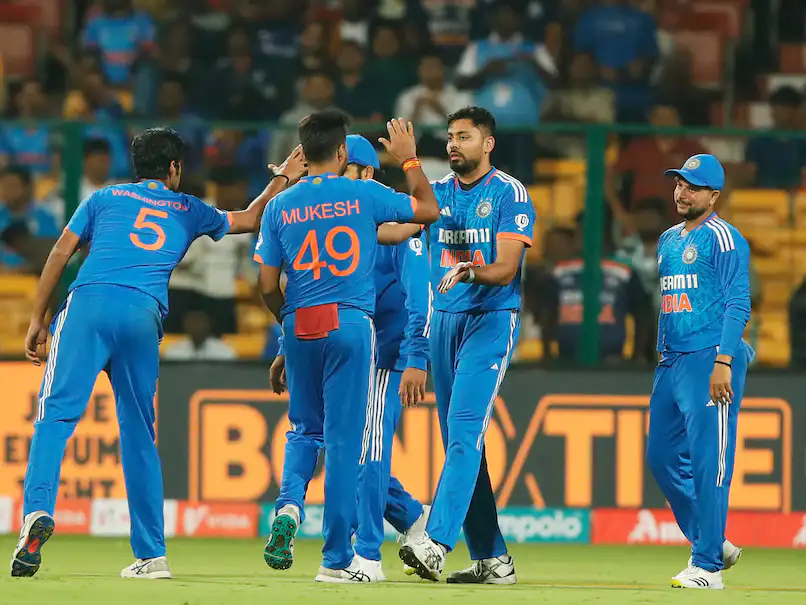New Rules of Super Over | Rules to Batsmen, Bowler, Umpire & Innings of Super Over

In this article, we will discuss New Rules of Super Over .
New Rules of Super Over
All boundaries of excitement were broken in the match between India and Afghanistan. For the first time, two super overs were played in a match of Team India and India won in the last Super Over. This has ensued for the first time in the record of an international cricket match.
Both India and Afghanistan made 212 runs in their 20 overs and made 16 more runs in the first super over. The Indian team won after a surprising and somewhat contentious series of events in the second Super Over.
The rule associated with setting boundaries was released after the debate in the 2019 World Cup final. Now there are some misunderstandings related to the rules of Super Over, which we are proceeding to make clear here in this article.
Rules Related to Bowling
A bowler who has already bowled the first Super Over cannot again bowl a second time. This is the reason why neither Azmatullah Omarzai nor Mukesh Kumar bowled the ball in the second super over.
Both fast bowlers had given 16 runs in the first super over. In the second super over, Afghanistan had to bowl with Farid Ahmed and India with Ravi Bishnoi. Farid served well by providing 11 runs, but Bishnoi ended the match by grabbing two wickets.

Rules for Changing Innings
In the Super Over, the batting order of the teams varies. In this match, India batted first, but in the Super Over, the Afghanistan team came to bat first. Whereas, again in the second super over, Team India batted first. In a Super Over, no team can chase the target in two consecutive innings.
Rules Related to Batsmen
According to MCC rules, a batsman who is out in the first Super Over cannot come to bat in the second Super Over. Before the begin of the Super Over, both the teams choose the names of their three batsmen, who will bat in the Super Over. If a batsman is set in the first Super Over but does not bat or is not out, he can bat in the second Super Over.
Similarly, if he retires, he stays eligible to bat at the fall of the wicket or in the next Super Over. Even during the match, players quit to bat after being injured and come out to bat when the wicket falls. On most events, batsmen have been seen batting despite being hurt after the fall of the ninth wicket.
India sent Sanju Samson to bat in the second super over in place of Yashasvi Jaiswal. It was entirely a strategic decision. Yashasvi was unbeaten in the first Super Over, but Rinku Singh batted in the second Super Over as he was unbeaten in the first Super Over after substituting Rohit. There is even confusion regarding why Rohit batted.
There is a difference between Retired and Retired Out. If a batsman is retired, he can bat again, but a batsman who is retired cannot bat again. According to what ensued in the match, Rohit was ‘retired out’, which indicates he should not have batted. But he came to bat. This means that he was not retired so Rinku Singh could run fast to run away two runs on the last ball.
How many super-overs can there be in a match?
According to ICC rules, super-overs should carry until the outcome of the match is announced. If there were a tie in the second super over between India and Afghanistan, a third super over would have been completed. If rain occurs before the completion of a Super Over or further play is not feasible for any other reason, the match will stay tied.
Is a new ball available in every super over?
No, a new ball is not given for the Super Over. The host cricket board delivers a box of balls for every T20 match. There are six new balls and many old balls, which have been used for different overs.
In a Super Over, the same balls are used with which the entire match has been played. The bowling team can choose any ball used in the match to bowl a super over.
In the Super Over, the team bowling in the second innings can also choose any ball from the same balls. Also, the ball with which the opposition team has bowled in the Super Over.
This was for the New Rules of Super Over.
Read Also: Rishabh Pant Joined the Indian Team